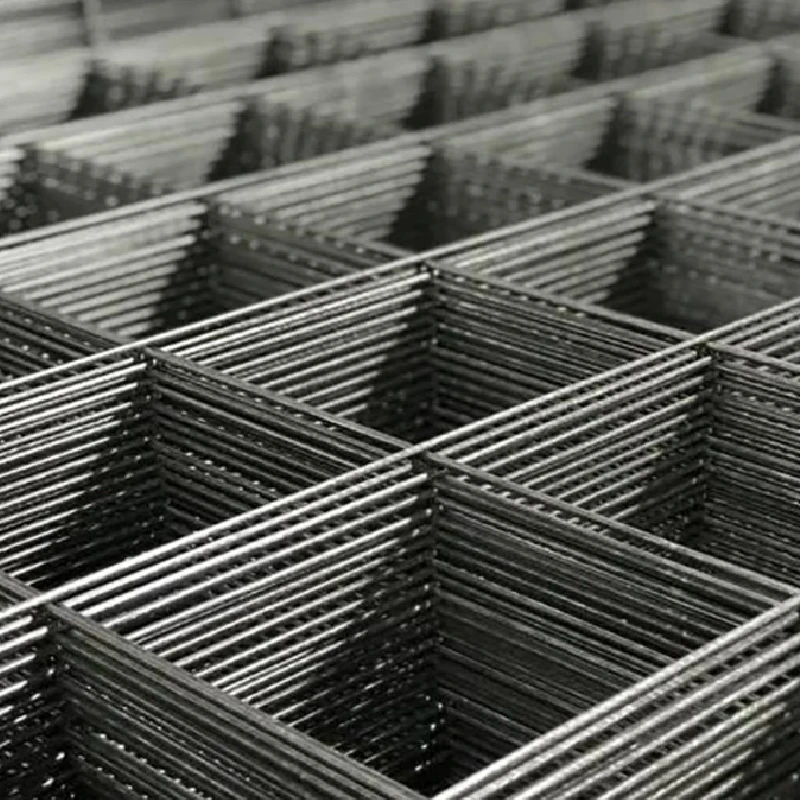Dec . 26, 2024 06:35 Back to list
Gabion Box Specification Overview and Key Features for Effective Use
Understanding Gabion Box Specifications
Gabion boxes have gained significant popularity in construction and landscaping due to their versatility, durability, and aesthetic appeal. They are wire mesh containers filled with stones, concrete, or other materials, primarily used for retaining walls, flood control, and erosion protection. Understanding the specifications of gabion boxes is crucial for their effective application.
Material Specifications
A gabion box is typically constructed from high-quality wire mesh, commonly made of galvanized steel or PVC-coated steel to provide protection against corrosion. The wire mesh specifications often include a standard diameter, usually ranging from 2.0 mm to 4.0 mm, depending on the application. These materials ensure that the gabion box can withstand environmental stressors, such as moisture, temperature fluctuations, and physical impact.
Size and Dimension
Gabion boxes come in various sizes and shapes to cater to specific project requirements. The most common dimensions are 1m x 1m x 1m, 1m x 2m x 1m, and 2m x 2m x 1m, though custom sizes are often available. The sizing of the gabion affects its structural capacity; thus, engineers must select the appropriate dimensions based on the load it is expected to bear. The height, length, and width must be tailored to meet design specifications and site conditions.
Fill Material
The specifications of the fill material also play a significant role in the performance of gabion boxes. Common fill materials include natural stones, recycled concrete, and other types of aggregate. The stones used for filling should meet certain size specifications, usually between 100 mm to 300 mm in diameter, ensuring that they fit properly within the mesh while allowing for drainage. The density and weight of the fill material will affect the overall stability and effectiveness of the gabion wall.
Structural Integrity
gabion box specifications

When designing gabion boxes for construction purposes, structural integrity is paramount. Specifications dictate that the mesh must be woven tightly to prevent deformation under load. The boxes should be constructed in such a way that they can retain the weight of the fill material while withstanding lateral pressures from soil or water. Most engineering standards recommend a minimum edge thickness of the mesh to increase strength and stability.
Installation Guidelines
Successful installation of gabion boxes requires adherence to specific guidelines. The base should be leveled, and ideally, a gravel foundation should be laid to facilitate drainage and prevent settling. Gabions must also be placed in a staggered manner for added stability, especially when constructing retaining walls. Proper anchoring or tying together adjacent gabion boxes helps in maintaining the integrity of the structure.
Environmental Considerations
Gabion boxes are often chosen for their environmentally friendly characteristics. Their porous nature allows water to flow through, reducing the risk of hydrostatic pressure build-up. Additionally, the use of natural or recycled materials for filling minimizes the environmental impact. When selecting specifications for gabion boxes, one must consider local environmental conditions, including soil type, water flow patterns, and vegetation, to ensure compatibility and sustainability.
Aesthetic Value
Beyond functionality, gabion boxes can enhance the visual appeal of a landscape. The filling material can be chosen based on the desired aesthetic, ranging from natural stones in varying colors to decorative concrete pieces. Customization options are also available, allowing for the integration of plantings or other design elements within the structure.
Conclusion
In conclusion, gabion box specifications are vital for their effective use in construction and landscaping. From material choices and dimensions to fill options and installation methods, each aspect plays a crucial role in the overall performance and longevity of the structure. By understanding these specifications, builders and landscapers can ensure that their projects are not only functional and durable but also environmentally responsible and visually appealing. Whether for erosion control, flood management, or aesthetic landscaping, gabion boxes present a versatile solution that continues to gain traction in the industry.
-
Reinforcing Mesh: Core Material of the Construction Industry
NewsJul.07,2025
-
Welded Wire Fabric Reinvented for Modern Projects
NewsJul.04,2025
-
Superiority of Stainless Steel Woven Mesh
NewsJul.04,2025
-
Key Types of Razor Wire and Their Applications
NewsJul.04,2025
-
Durable Metal Fence Types for Security
NewsJul.04,2025
-
Best Materials for Livestock Fence
NewsJul.04,2025
products.







